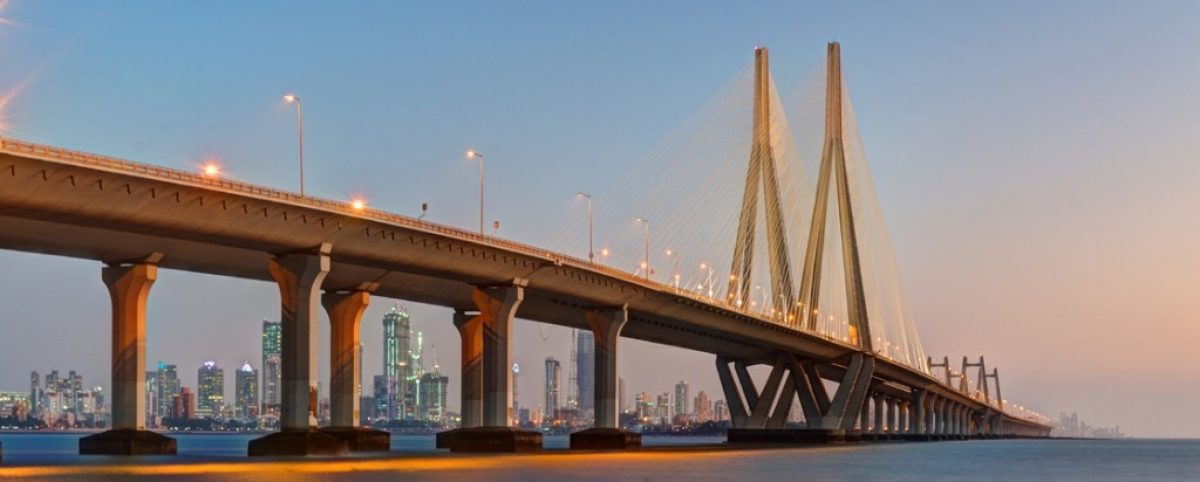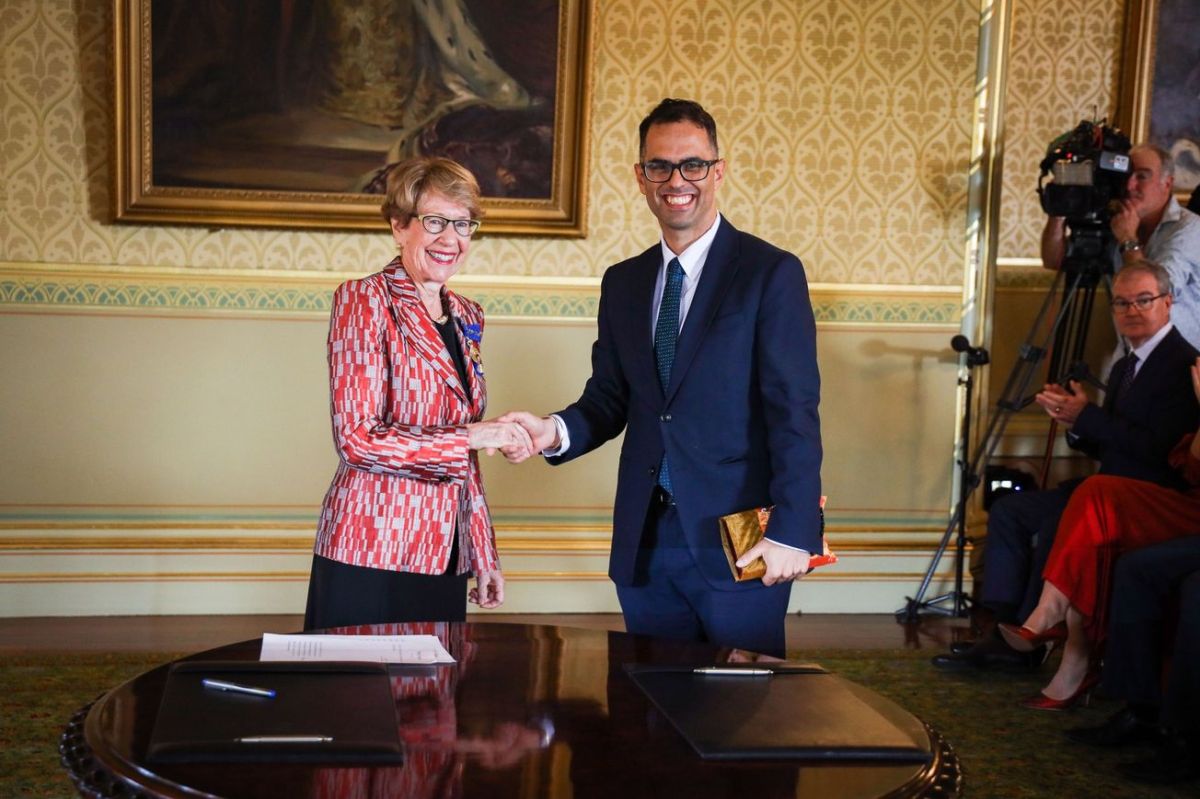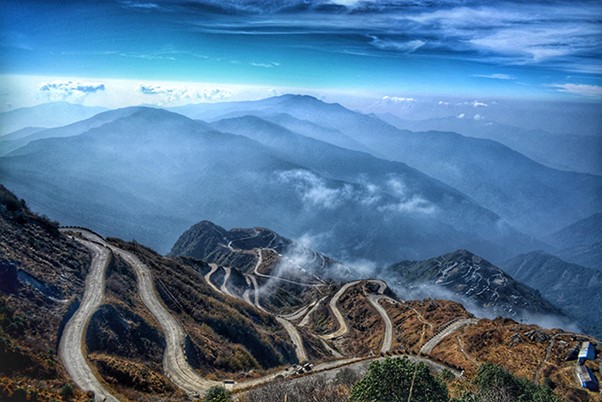INTO INDIA has consistently said India is the growth story of this century.
Now Anish Mathew, CEO and CIO of the very successful Sundaram Asset Management Singapore Pte Ltd, has found a unique way to describe why India is indeed THE growth story.
6 big changes in India
- The number of income tax filers has increased by 57.5% between FY15 and FY21. This is obviously the impact of the growing use of Aadhar (biometric unique identity card) as the preferred KYC document and the implementation of GST, both of which is pushing up the tax compliance in the country.
- Indirect (GST) tax base stood at 14mn in November 2022, a 2.3x increase from mid 2017.
- Number of PAN cards (unique tax identity number issued by the Income Tax Department) allotted has increased by 2.5x in the last 7 years.
- 80% of the railway tracks were electrified as of end FY22 as compared to 31% in FY11.
- Road infrastructure measured in number of kilometres has increased by 36.6% in the last 11 years.
- Major port capacity has nearly doubled in the last 8 years.
5 reasons growth will boom
- Only 8% of the households owned a car, 24% an air conditioner and 38% a refrigerator.
- Only 1% of Indians account for 45% of all flights.
- Only 3% of Indians make up all unique card holders.
- Only 2.6% of Indians invest in mutual funds.
- The Indian diaspora remitted USD 100bn into the country in 2022, eclipsing the gross FDI flow during the same period.
Mathew advises that the three big growth drivers for the next decade are consumption (driven by the Demographic Dividend and rising incomes); manufacturing, and; digitisation (which is the formalisation of the Indian economy)
He makes a powerful case for investment and trade with India.






